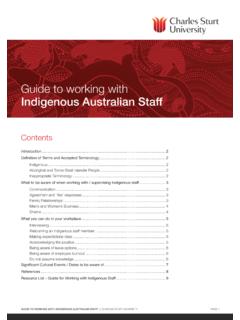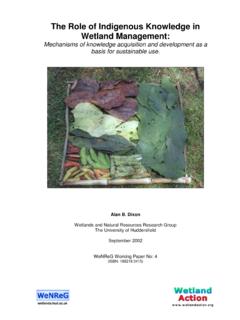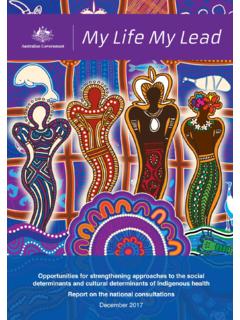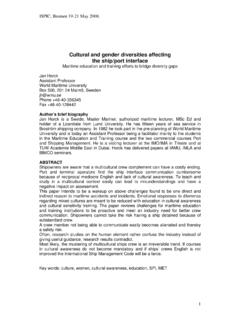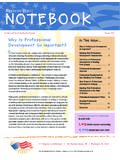Transcription of STAKEHOLDER ENGAGEMENT POLICY AND …
1 Ref:PO-2803 Uncontrolled document when printed Version: Reviewed By: Emily Silberberg Review Date:11/01/2014 Printout Date: 5 June 2014 Approved By: Tony Price Approved: 11/01/2014 Page 1 of 6 STAKEHOLDER ENGAGEMENT POLICY AND PROCEDURES 1. Objective Australian Bluegum Plantations (ABP) acknowledges that forest management decisions and operations have the potential to affect a wide range of individuals, businesses and organisations, including Indigenous peoples, interest groups and neighbours. This POLICY provides the framework with which ABP will plan and implement STAKEHOLDER ENGAGEMENT . The vision of ABP is for stakeholders to have the opportunity to engage in a manner that allows stakeholders needs and interests to be consistently, transparently and meaningfully considered in ABP s forest management processes and activities.
2 The ABP STAKEHOLDER ENGAGEMENT POLICY and Procedures has the overall goal of effectively communicating and actively engage community members, including members of the public, stakeholders and indigenous people to develop strong positive relationships and mutual understanding of economic, social and environmental values. To achieve this goal, ABP has set the following objectives: To improve the way we communicate and engage with stakeholders To facilitate our ability to understand STAKEHOLDER concerns and interests and incorporate them into decision-making processes To increase the transparency of our forest management processes and activities To build the trust and respect of our stakeholders.
3 To build STAKEHOLDER confidence in ABP and our forest management processes to strengthen our corporate reputation within the communities we operate within. 2. Scope The STAKEHOLDER ENGAGEMENT POLICY and Procedures provides a guideline for establishing and maintaining good relationships with stakeholders throughout the course of ABPs normal business activities, including, but not limited to: forest management planning, operational planning, plantation harvesting and haulage operations, plantation establishment operations and emergency situations. 3. POLICY ABP is committed to developing effective working relationships with stakeholders and will make every reasonable effort to work with stakeholders to resolve issues that occur while carrying out the management of our estate lands.
4 ABP will advise stakeholders of relevant forest operations in accordance with all relevant legislation and corporate POLICY . ABP will provide opportunity for stakeholders to provide meaningful input into forest management decision-making. ABP will advise stakeholders of how their views may be considered in decision-making process and which aspects of forest operations and planning can be influenced by STAKEHOLDER input. ABP will use a variety of methods to engage stakeholders recognising that tools and strategies must be tailored to suit the decisions, activities and processes we are seeking to engage on. ABP is committed to: being open and honest with stakeholders providing accurate and timely information to stakeholders listening to and responding to STAKEHOLDER views and concerns evaluating the effectiveness of ABP STAKEHOLDER ENGAGEMENT activities and working to continually improve ENGAGEMENT performance.
5 Ref:PO-2803 Uncontrolled document when printed Version: Reviewed By: Emily Silberberg Review Date:11/01/2014 Printout Date: 5 June 2014 Approved By: Tony Price Approved: 11/01/2014 Page 2 of 6 STAKEHOLDER ENGAGEMENT POLICY and Procedures 4. Definitions & Terms Term Definition STAKEHOLDER A STAKEHOLDER is an individual and/or group who is affected by ABP operations, have an interest in ABP operations, or can influence ABP operations. Stakeholders may include, but are not limited to: Registered Indigenous Parties: ABP recognizes that Indigenous People with legal or customary tenure, and/or with an interest in known sites of cultural significance, are a unique group with a variety of interests and cultural values when compared to other stakeholders.
6 However for the purpose of this POLICY and procedures, they are included in the definition of STAKEHOLDER . Plantation neighbours and other community members: Plantation neighbours, including those property owners and/or residents adjacent to forest operations and those within close proximity to forest operations who may be affected by operations ( noise, dust, truck movements). Lessors Interest groups and representative bodies: Groups or organisations potentially impacted by or interested in ABP forest operations. May include environmental groups, land stewardship organisations ( Landcare, Greening Australia), local schools, sporting organisations or general community groups.
7 Industry-based representative organisations ( NFF, VAFI, AFPA, FIFWA) Government and other regulatory agencies: Includes national, state and local government agencies and representatives ( local government, state land management agencies (DEPI, DEPAW), catchment management authorities). Emergency Services ( Police, Fire, Ambulance, SES) Utility companies ( Phone, power and gas companies) Regulators ( DEPI, DEPAW, Workplace Safety, APVMA, AQIS) Forest certification bodies and auditors Corporate interests: ABP staff, contractors and suppliers ABP customers GFP and investors Forest industry businesses ( other companies operating within the region and/or with similar interests) Media STAKEHOLDER ENGAGEMENT STAKEHOLDER ENGAGEMENT utilises a a range of communication methods to enable decision-makers and stakeholders to have an opportunity to share concerns and knowledge, and to develop mutually acceptable outcomes.
8 Forest management Forest management concerns the overall management of forests, including administrative, economic, legal, social and technical aspects such as strategic and operational forest planning, silvicultural operations ( plantation establishment, research and development) and extractive operations ( harvest and haulage). Ref:PO-2803 Uncontrolled document when printed Version: Reviewed By: Emily Silberberg Review Date:11/01/2014 Printout Date: 5 June 2014 Approved By: Tony Price Approved: 11/01/2014 Page 3 of 6 STAKEHOLDER ENGAGEMENT POLICY and Procedures 5. Procedure ABP STAKEHOLDER ENGAGEMENT processes are guided by three ENGAGEMENT principles which provide a basis for acceptable standards and good practice of STAKEHOLDER ENGAGEMENT : Principle 1 Inclusivity ABP will actively seek out a broad range of stakeholders potentially affected by, or interested in, forest management processes and activities, and provide them with the opportunities and information they need to participate in a meaningful way.
9 Principle 2 Transparency ABP will clearly identify and explain the objectives of the ENGAGEMENT process, and the role of stakeholders in the ENGAGEMENT process and subsequent decision-making processes. ABP will communicate how STAKEHOLDER input was considered using methods appropriate to the scale and extent of the ENGAGEMENT process and the decision being made. Principle 3 Emphasis on mutual learning and relationship development ABP will create opportunities for STAKEHOLDER ENGAGEMENT that emphasises mutual learning outcomes and the development of relationships. ENGAGEMENT approaches will welcome the sharing of diverse knowledges and values without prejudice or judgement. Legal obligations In implementing this STAKEHOLDER ENGAGEMENT Procedure ABP must comply with all applicable laws, regulations and corporate commitments1 on STAKEHOLDER ENGAGEMENT and community consultation as listed in the ABP Legal & Other Register.
10 STAKEHOLDER identification and ENGAGEMENT In pursuing STAKEHOLDER ENGAGEMENT best practice, ABP will: Develop a STAKEHOLDER Register to record relevant STAKEHOLDER information, including contact details, details of interactions including concerns and management actions taken to address concerns. STAKEHOLDER contact information will only be recorded with permission and used in accordance with the all relevant State and Federal regulations ( Privacy Act). Identify neighbours adjacent to operations, and other residents within close proximity of operations who may be impacted (including sensitive neighbours such as vineyards, organic farms, or fish/marron farms), advise them of operations and address concerns prior to operations commencing.
